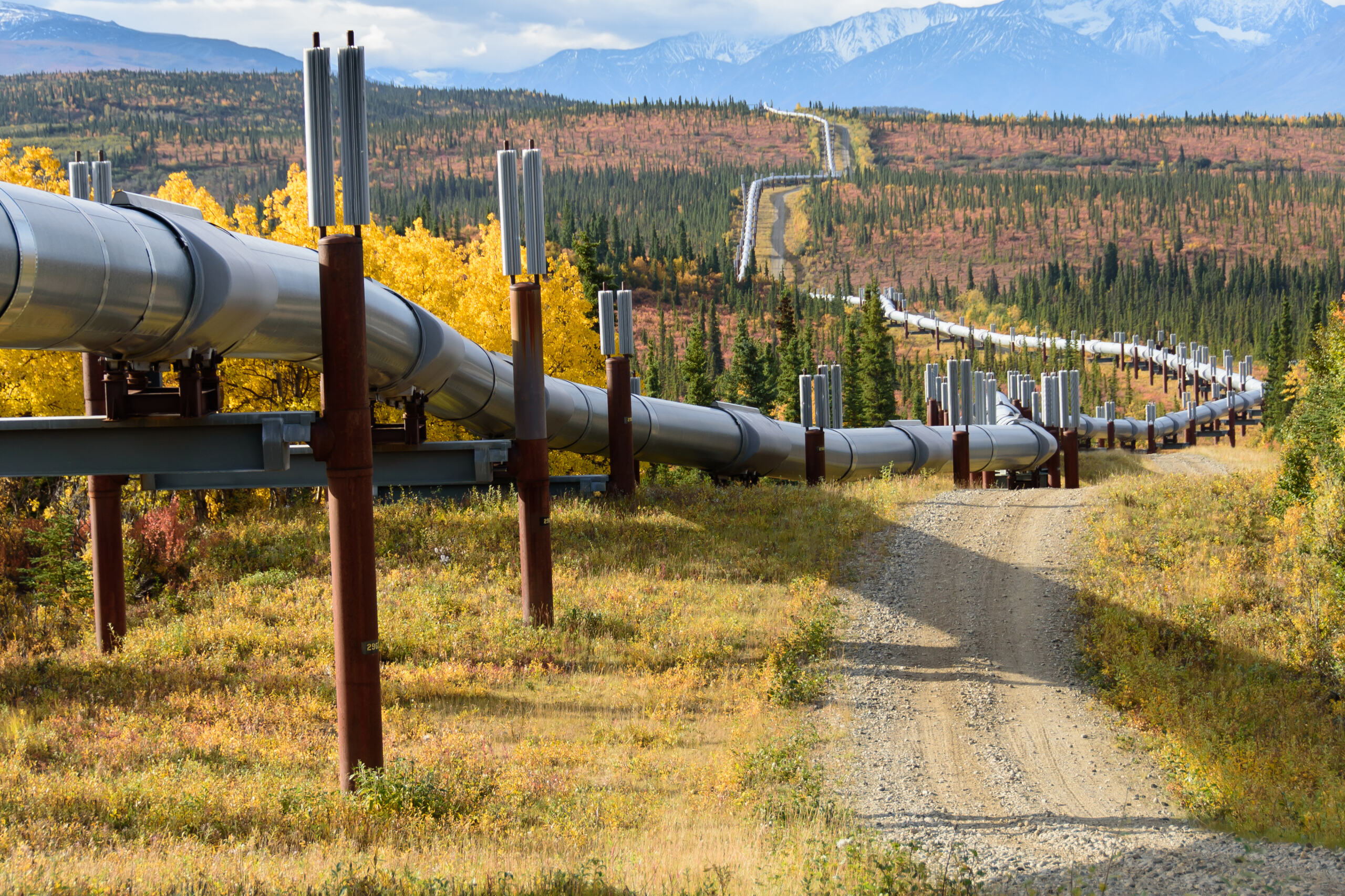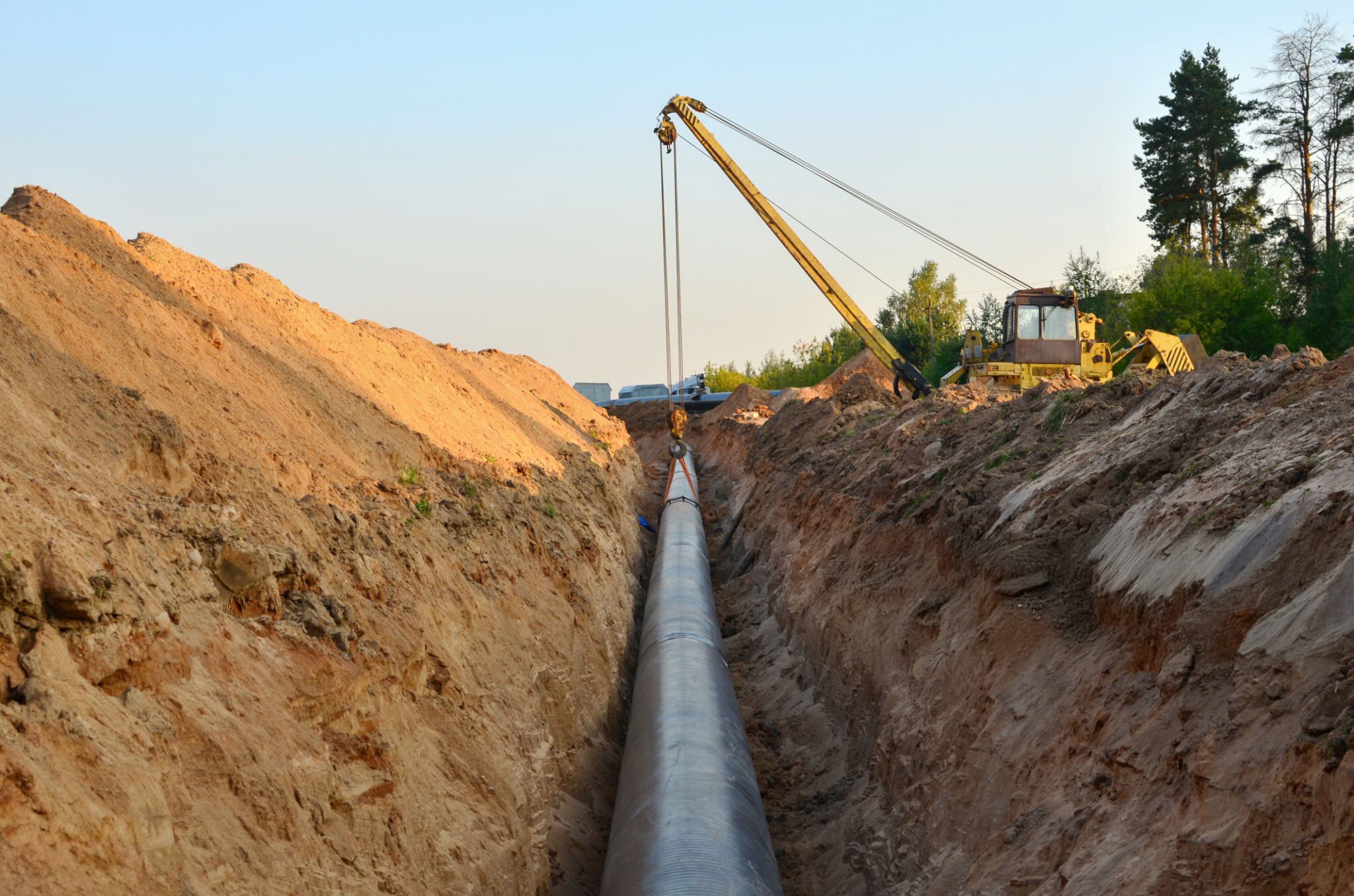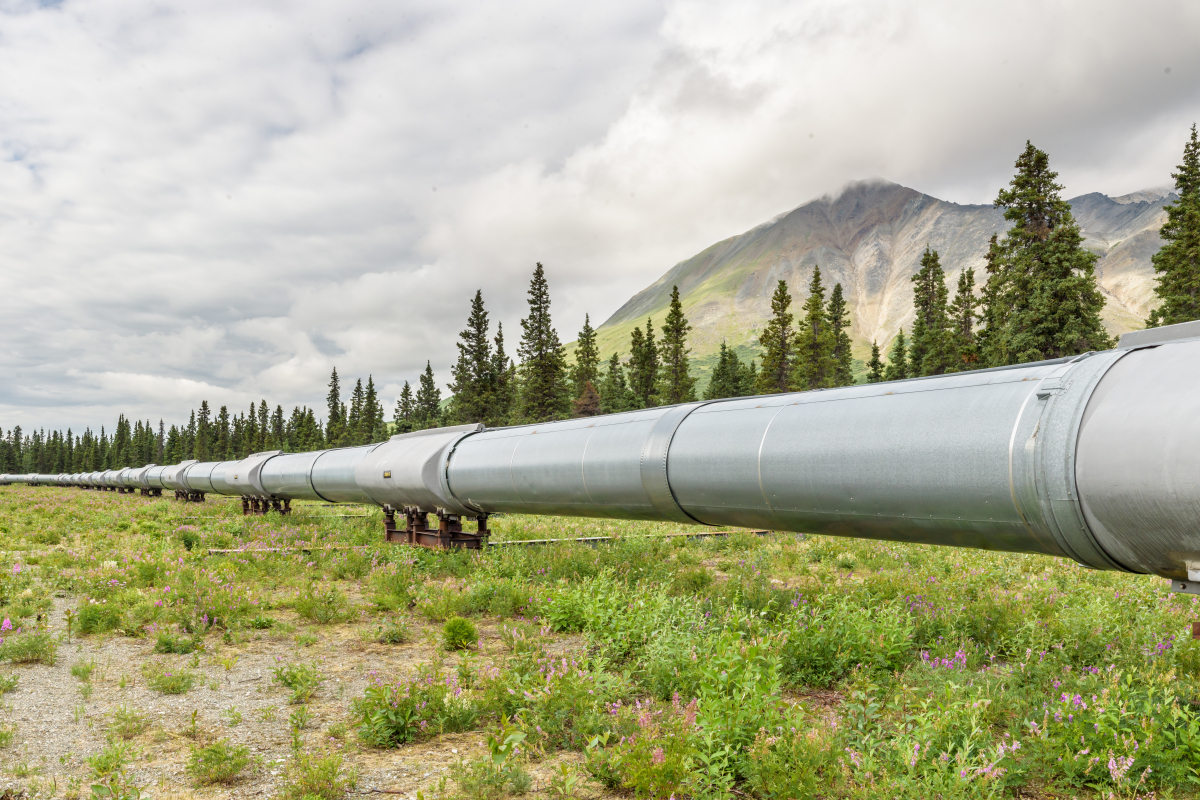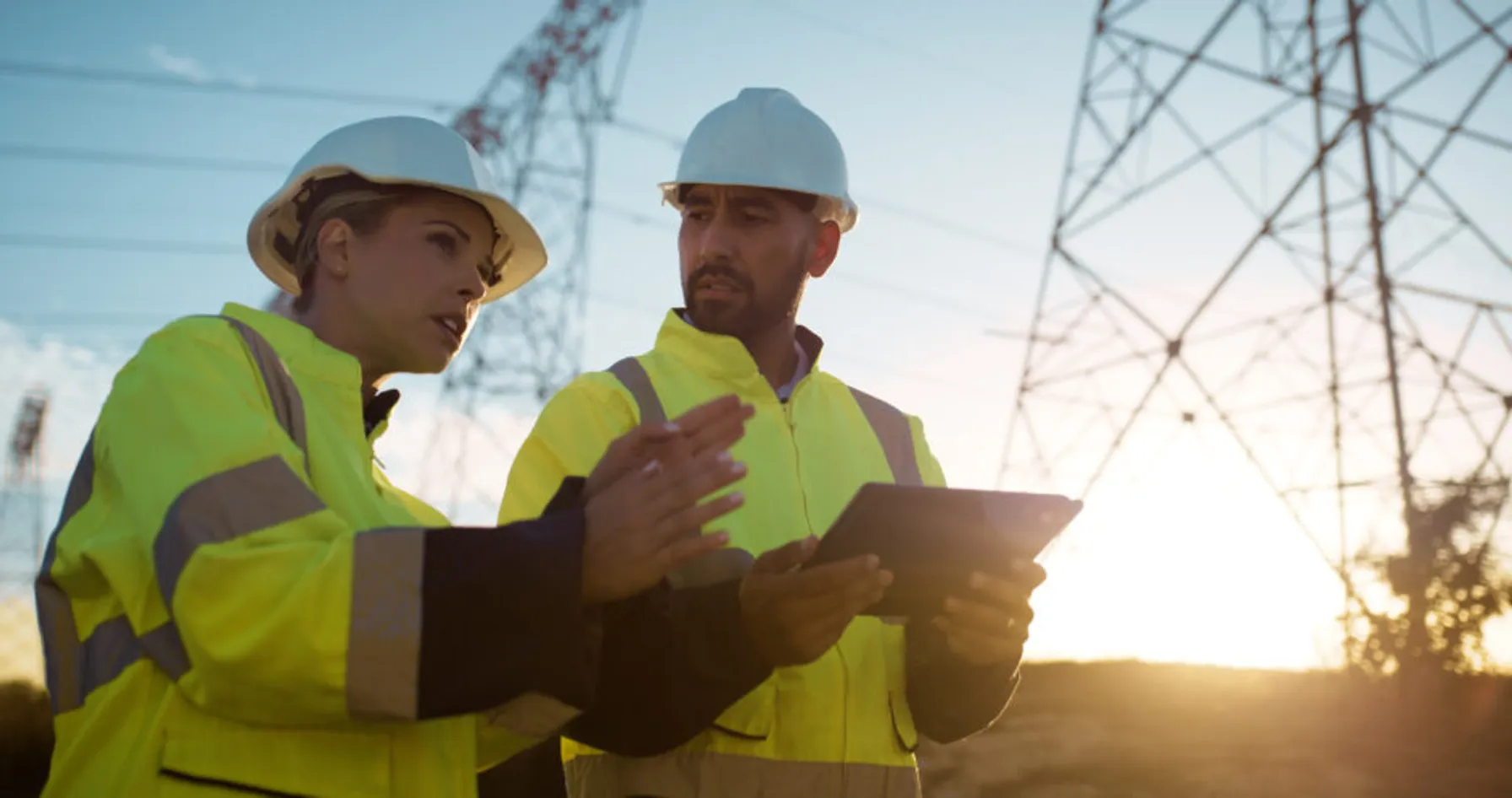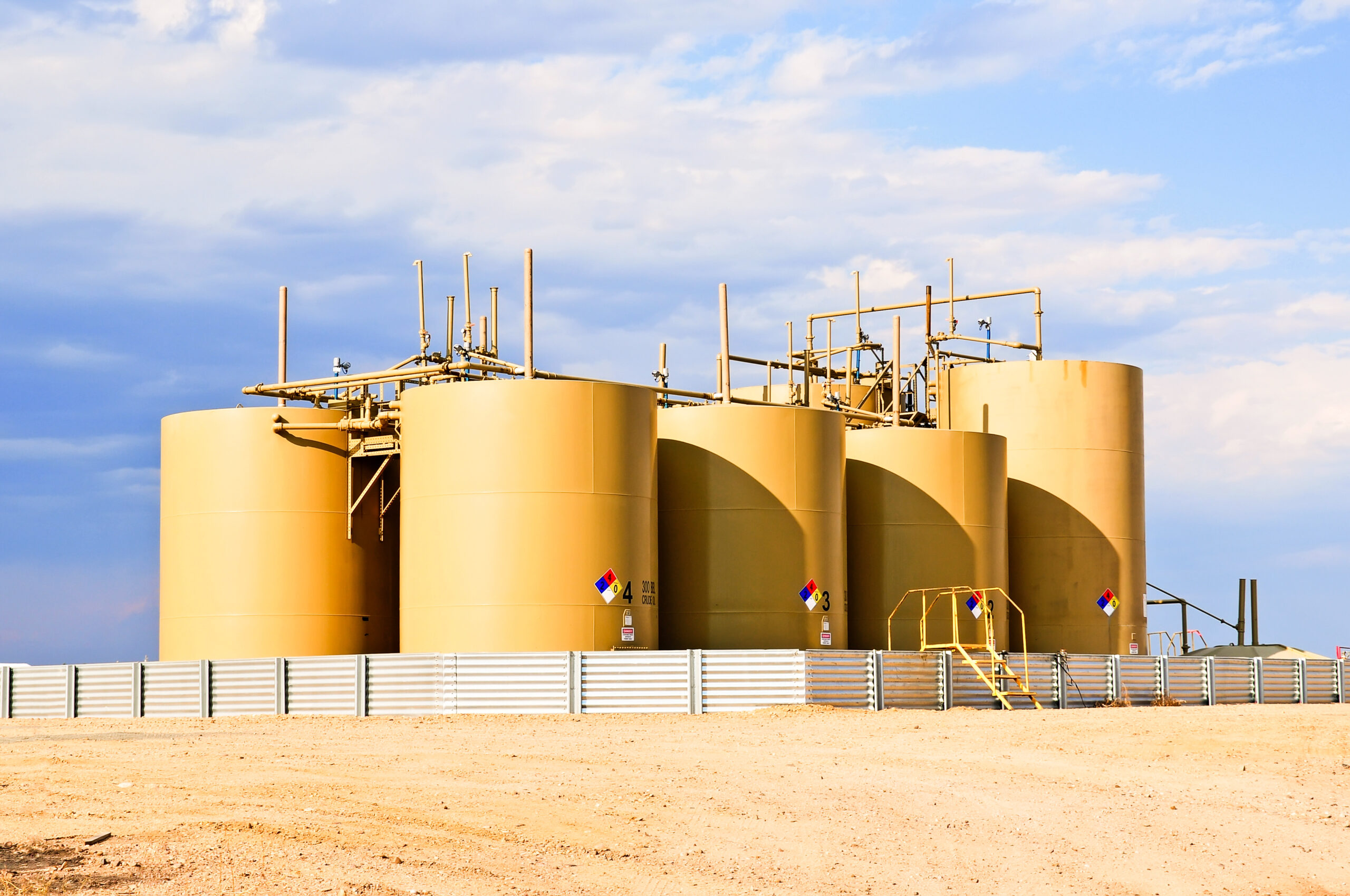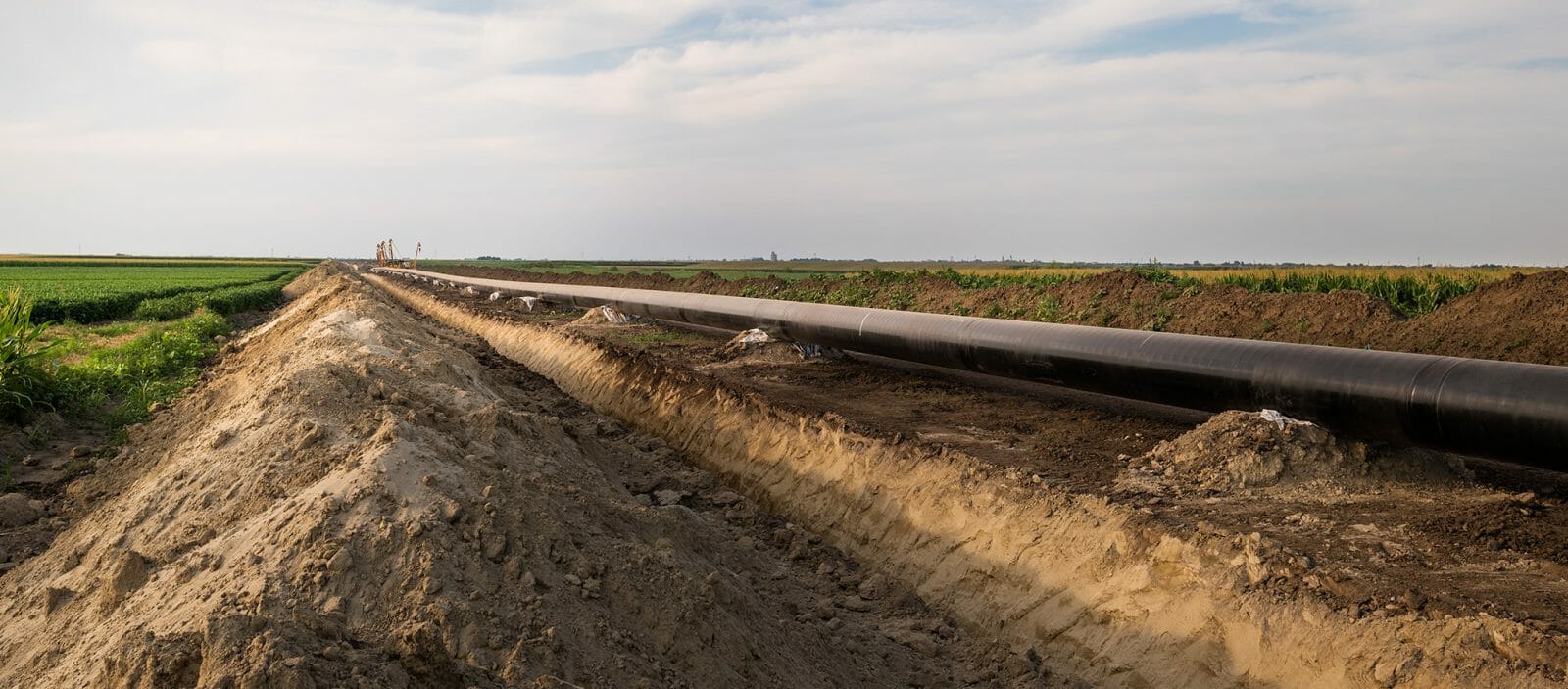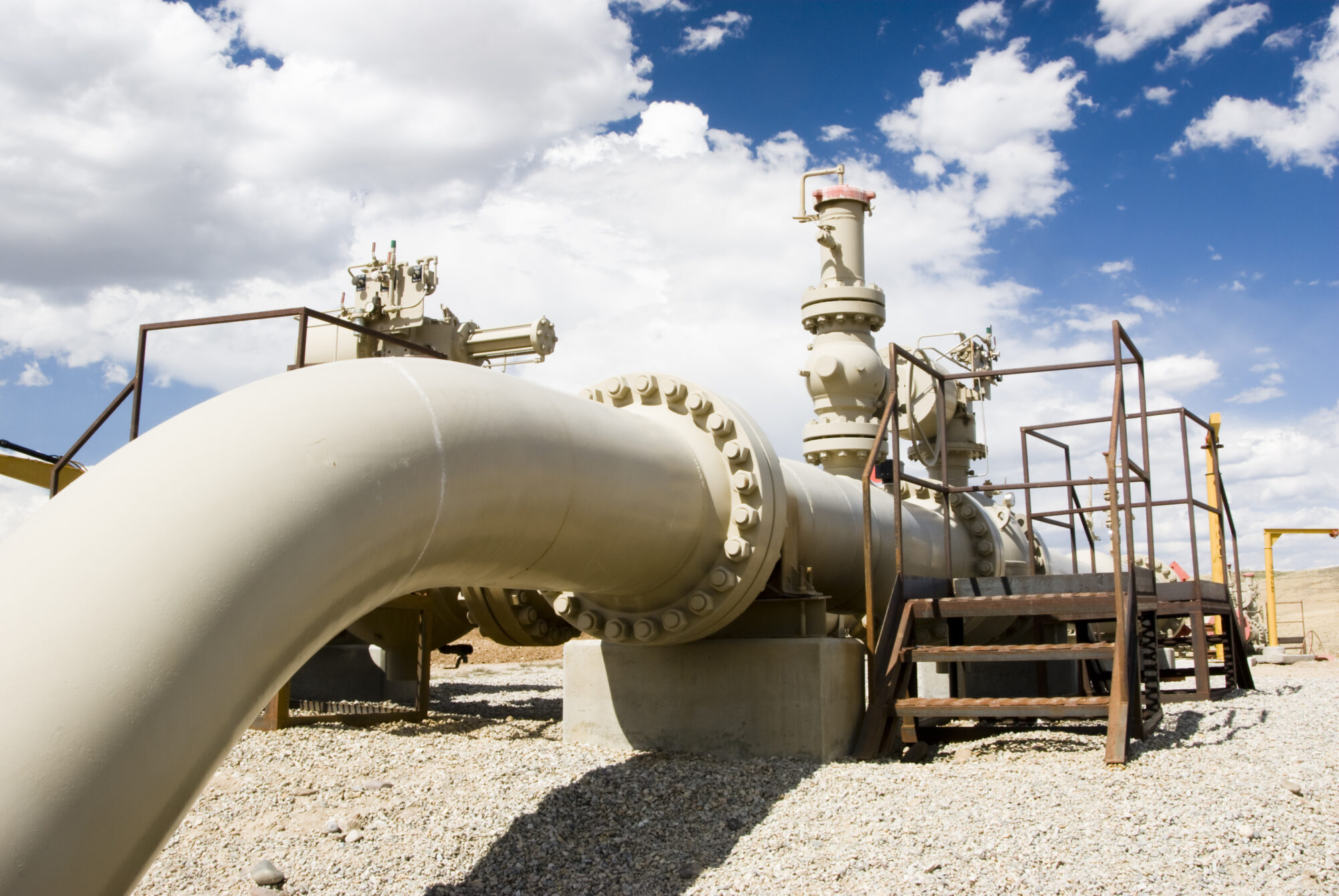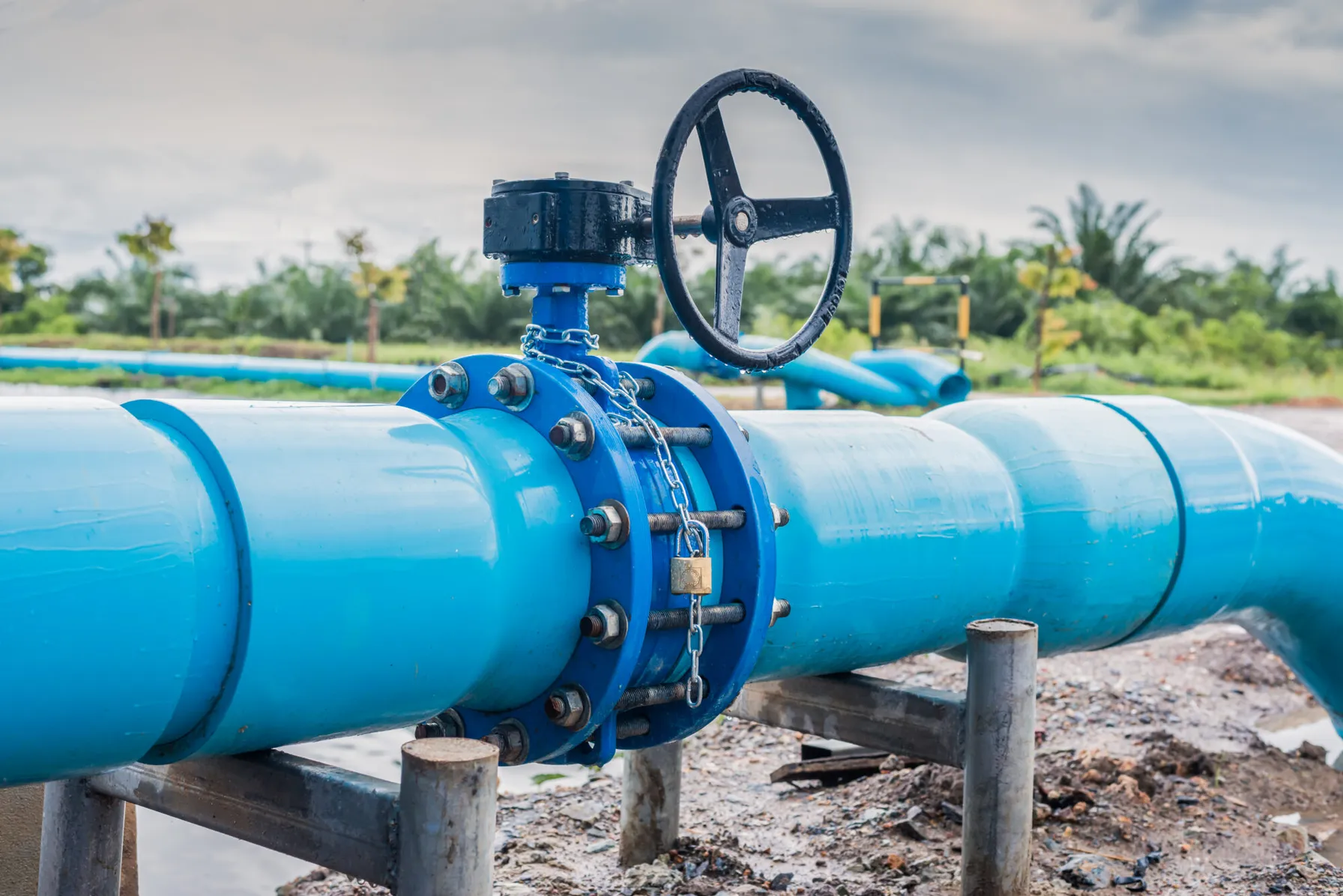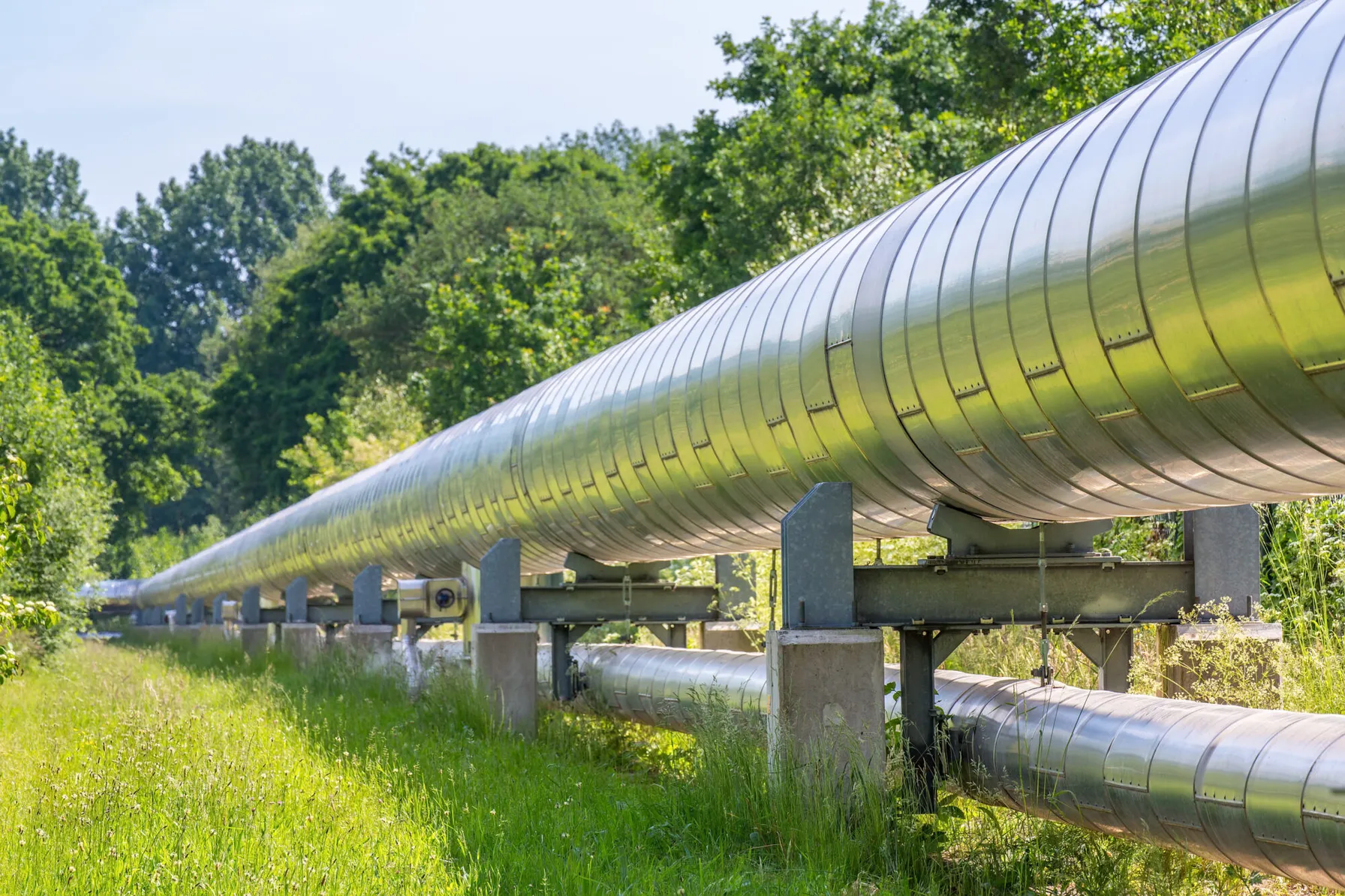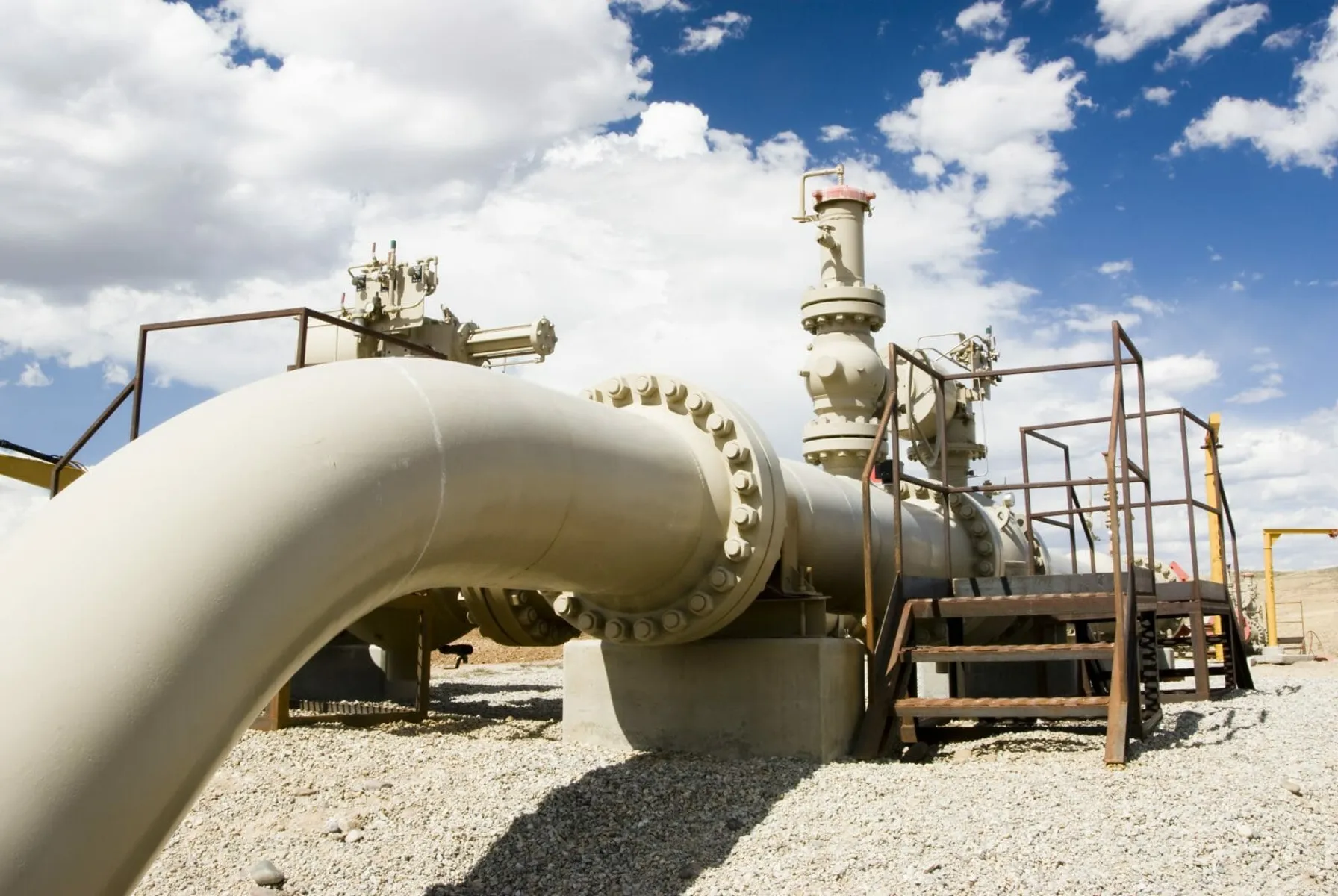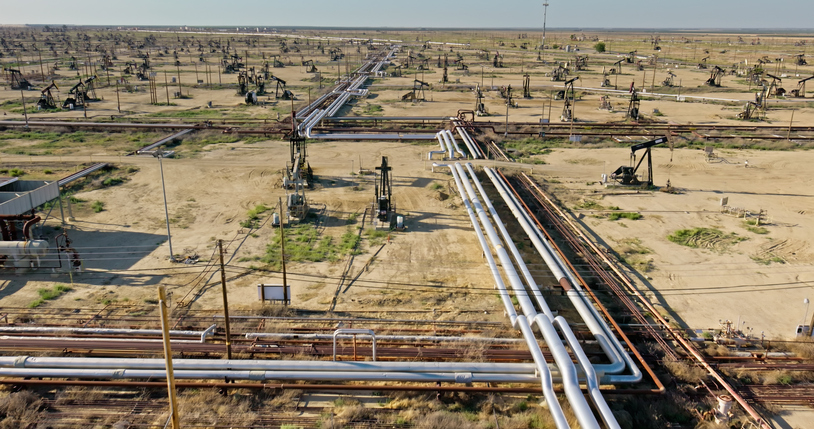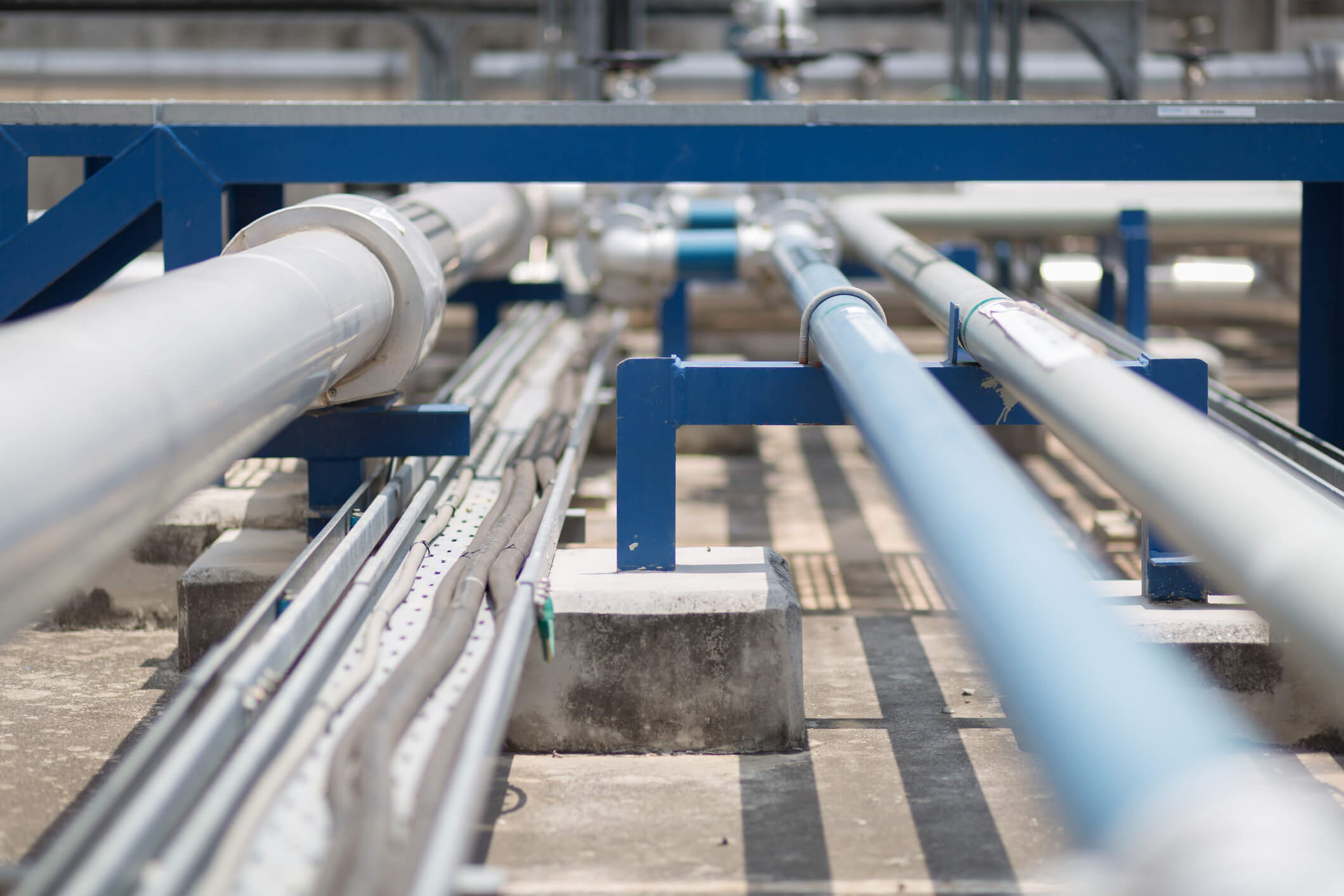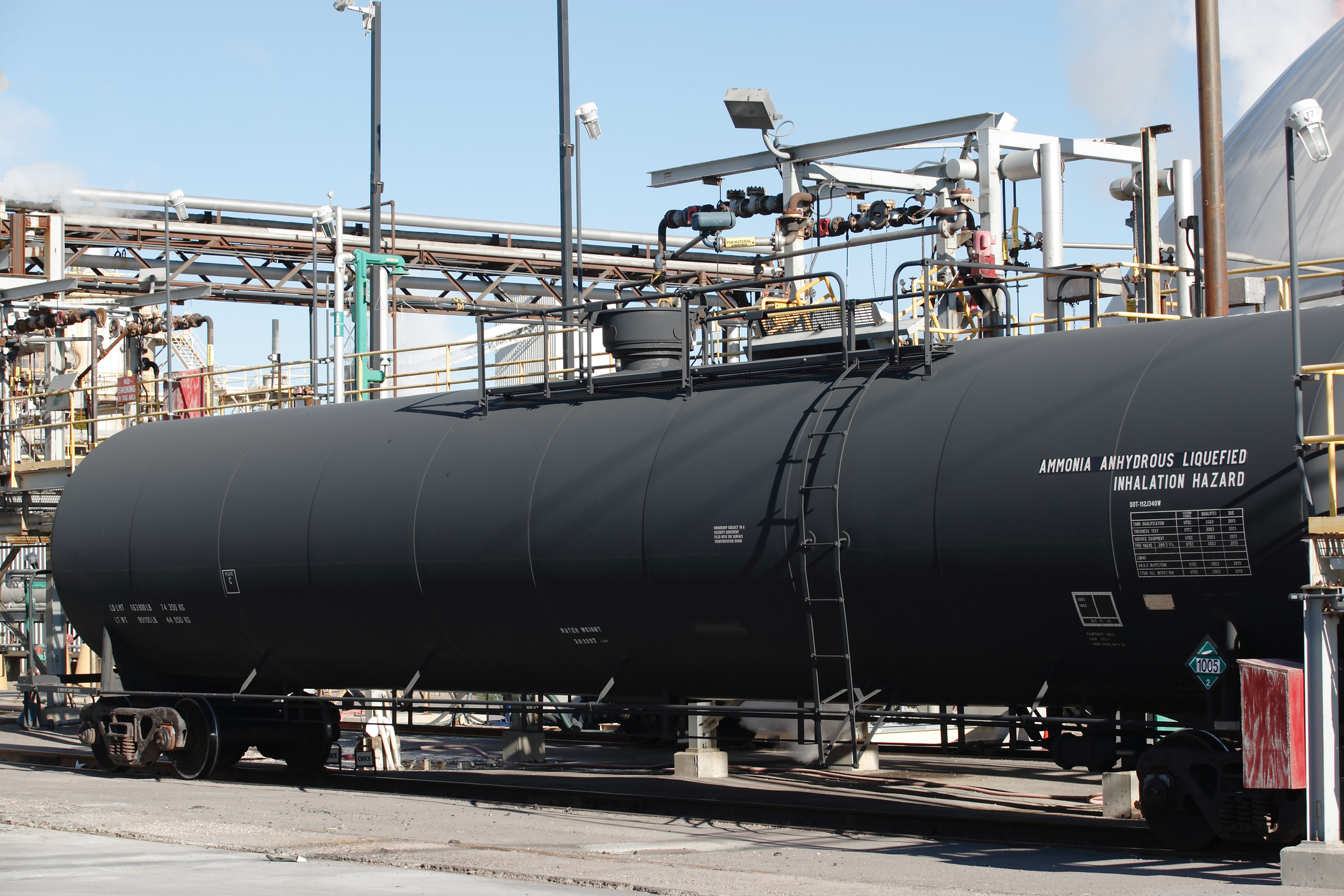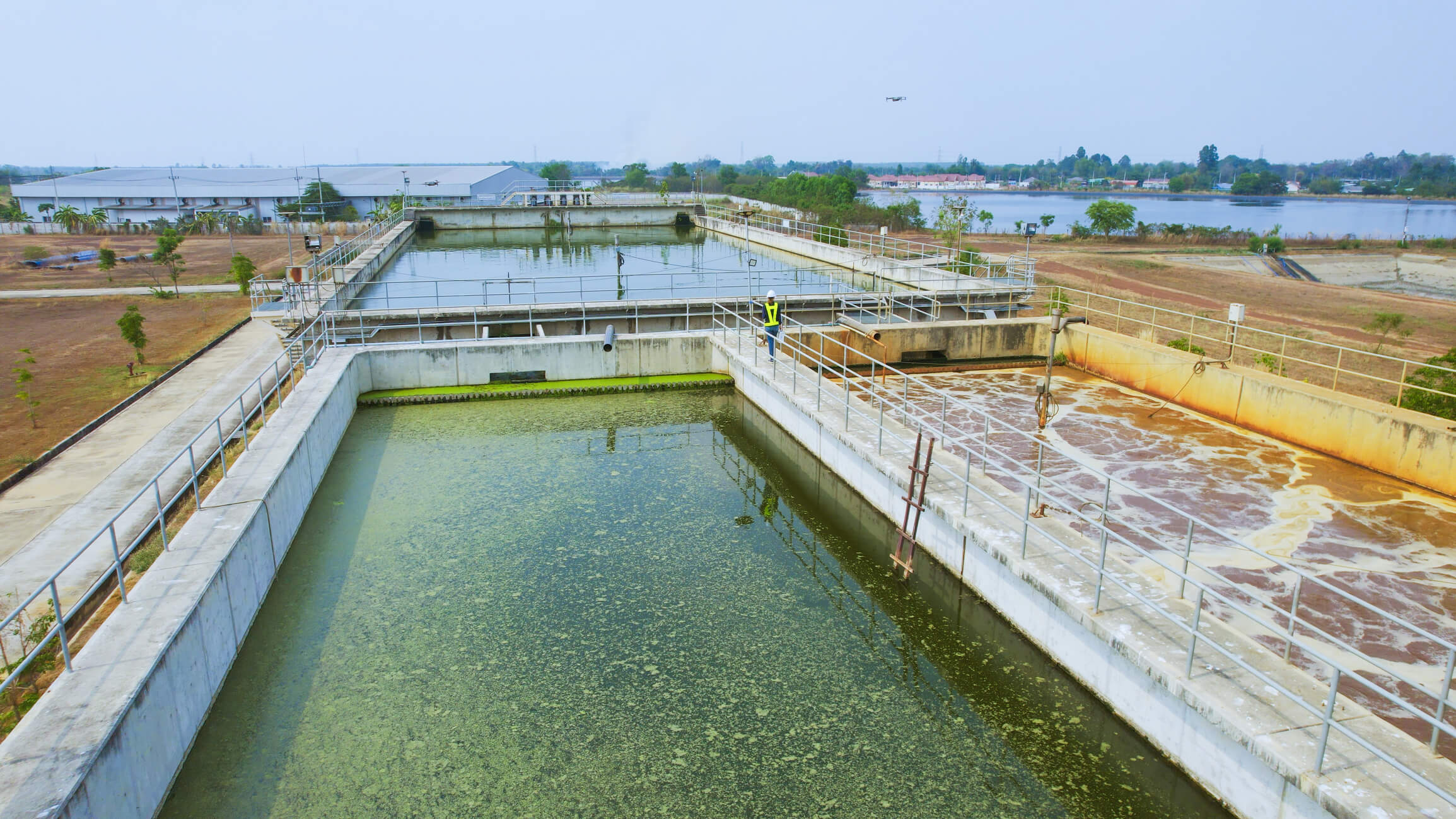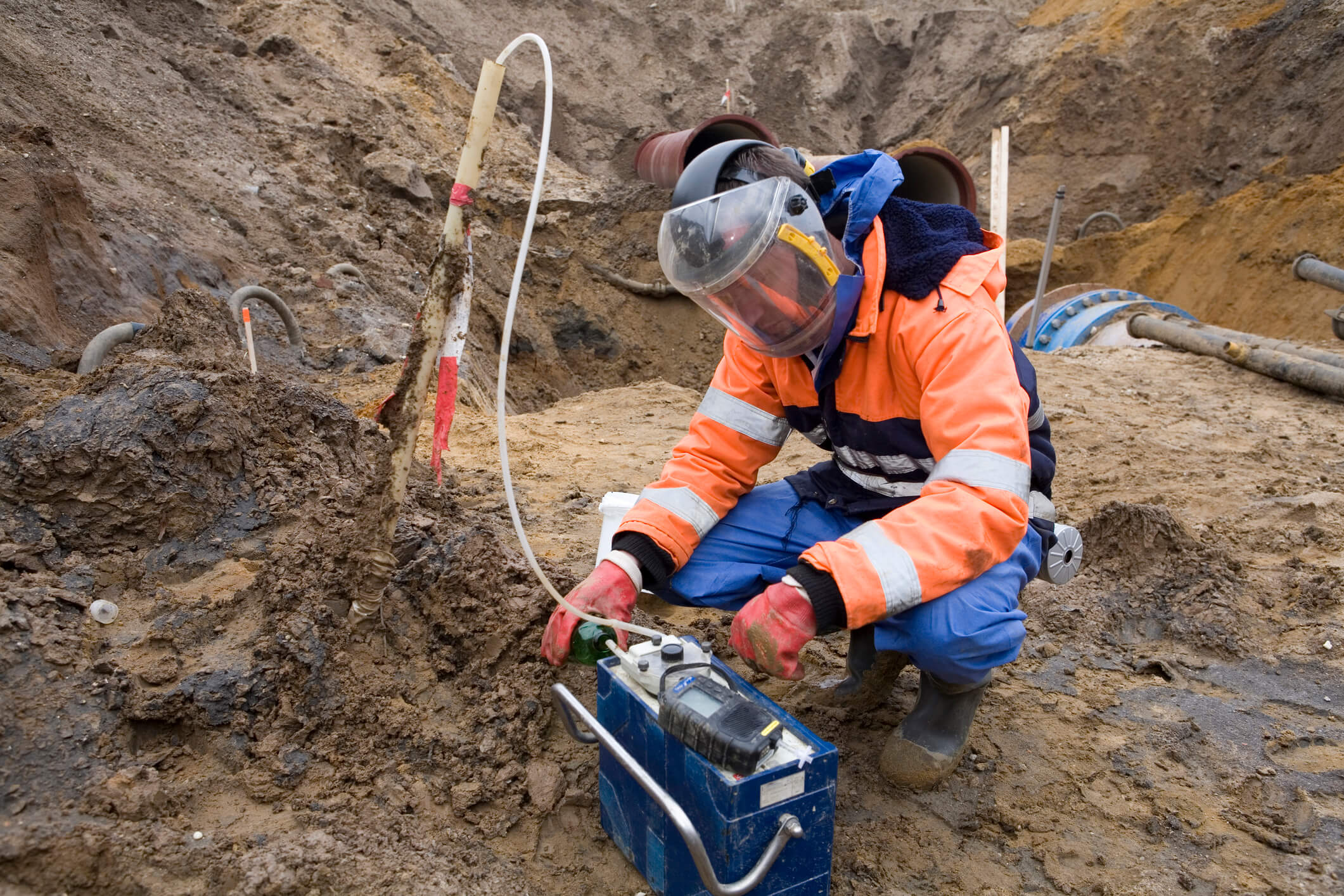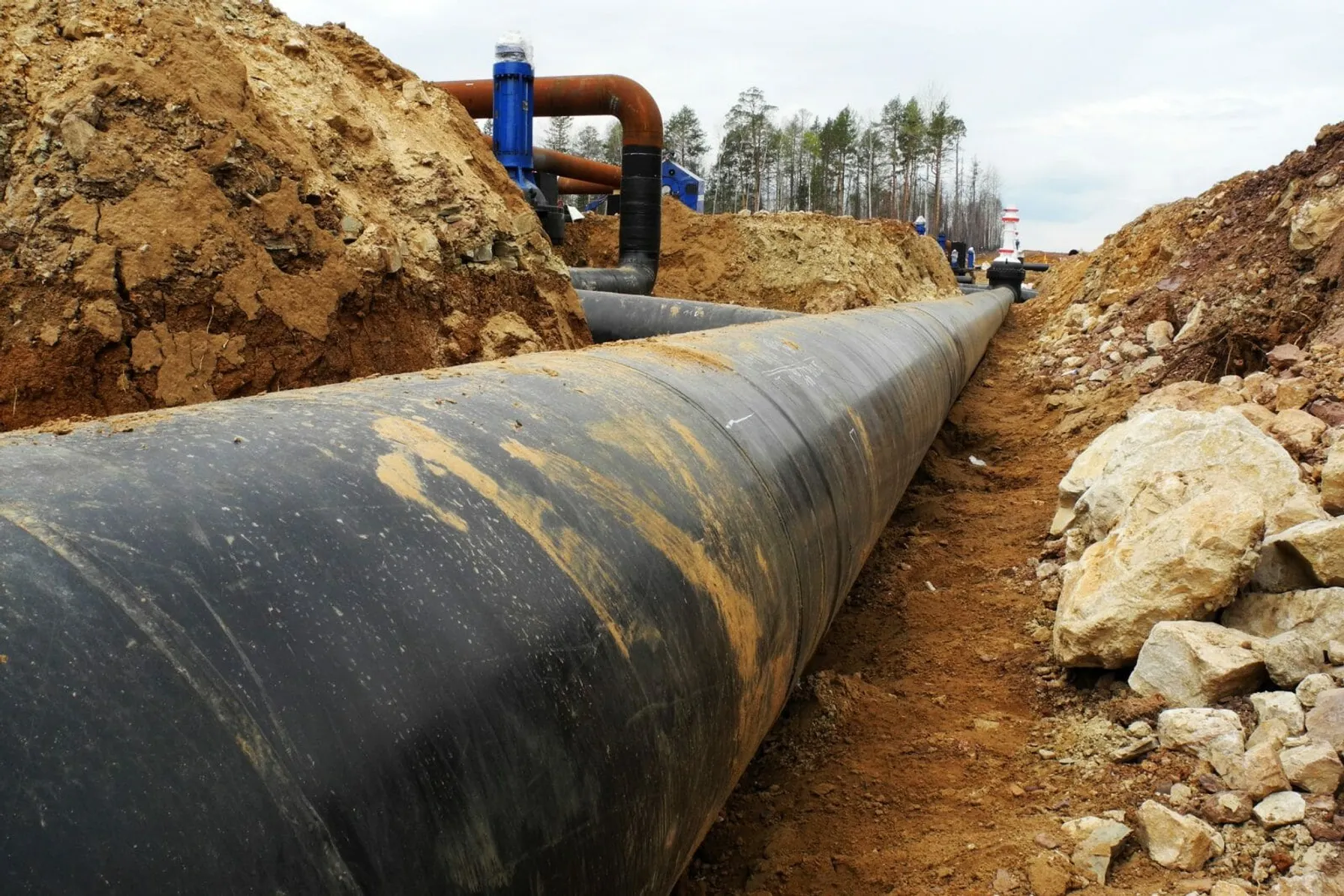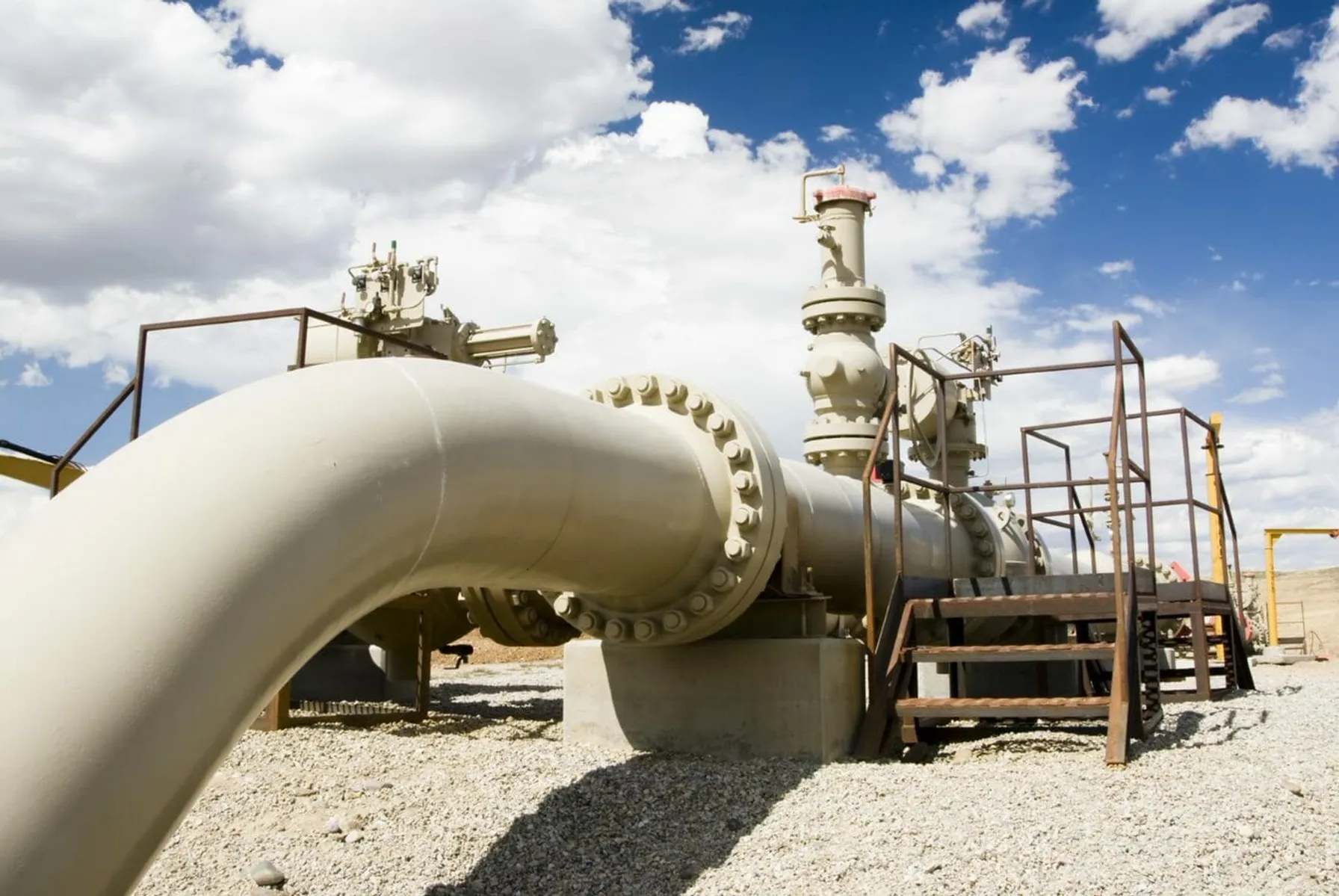- Subject all gas gathering lines, including previously unregulated lines, to annual and incident reporting requirements (over 425,000 miles of pipe)
- Limit the use of the incidental gathering line exception to lines 10 miles or less. No other definitional changes adopted
- Previously unregulated gathering pipelines (SMYS >20%) now subject to safety standards.
- 91,000 additional miles of pipe subject to damage prevention and emergency planning requirements
- 20,000 additional miles of pipe subject to public awareness, line marker, corrosion control and leak survey requirements
- 14,000 additional miles of pipe subject to MAOP requirements
- All new and replaced pipe 8 inches or greater will have to be constructed in accordance with the current pipeline safety regulations
The PHMSA Mega Rule Summary
The PHMSA Mega Rule summary involves expanding federal pipeline safety oversight to all onshore gas gathering pipelines, impacting around 425,000 miles of previously unregulated pipelines. This new rule introduces a category for regulated onshore gathering lines with higher pressure in rural areas, and requires operators to file incident reports, annual reports, and document their methodology for determining onshore gas gathering endpoints.
New Federal Regulations Add More Than 400,000 Miles of Gas Gathering Pipelines Under Federal Oversight
On November 15, 2021, the Pipeline and Hazardous Materials Safety Administration (PHMSA) announced that they issued a final rule that significantly expands Federal pipeline safety oversight to all onshore gas gathering pipelines which almost doubles the amount of federally regulated pipeline in the United States.
The rule, initiated over 10 years ago, expands the definition of a “regulated” gas gathering pipeline that is more than 50 years old. The rule establishes a new category of regulated onshore gathering lines covering higher-pressure lines that pose a heightened risk in rural areas and will for the first time:
- Apply federal pipeline safety regulations to tens of thousands of miles of unregulated gas gathering pipelines
- Require pipeline operators to report safety information for all gas gathering lines, representing more than 425,000 additional miles covered by Federal reporting requirements
- Require all onshore gas gathering pipeline operators to begin filing incident reports and comprehensive annual reports
Gas gathering lines typically transport natural gas from production facilities to interstate gas transmission pipelines. Historically, gathering lines have been lower-pressure, lower risk, smaller-diameter lines, typically situated in lesser-populated rural areas. With the increase in hydraulic fracturing (“fracking”) over the last 15 years, the volume of gas extracted and transported through gathering lines has increased significantly. Gathering lines with diameters, operating pressures and associated risk factors similar to larger interstate transmission lines have become more common.
 Renewable Natural Gas
Renewable Natural Gas
Gas gathering lines typically transport natural gas from production facilities to interstate gas transmission pipelines. Historically, gathering lines have been lower-pressure, lower risk, smaller-diameter lines, typically situated in lesser-populated rural areas. With the increase in hydraulic fracturing (“fracking”) over the last 15 years, the volume of gas extracted and transported through gathering lines has increased significantly. Gathering lines with diameters, operating pressures and associated risk factors similar to larger interstate transmission lines have become more common.
Gas Gathering Final Rule Overview
PHMSA estimates that there are at least 425,000 miles of onshore gas gathering lines that have not been subject to PHMSA oversight but will be after this rule takes effect. The rule establishes a new category of regulated onshore gathering lines covering higher-pressure lines that pose a heightened risk in rural areas and applies existing pipeline safety requirements to tens of thousands of miles of these pipelines. The rule also requires all onshore gas gathering pipeline operators to begin filing incident reports and comprehensive annual reports.
Compliance Dates
- Publication Date: November 15, 2021
- Effective Date: May 16, 2022
- Reporting:
- Incident Reports: Report events occurring after May 16, 2022
- Annual Reports: 2022 reports due March 2023
- Identification (including start and end points) of Type C Lines: November 16, 2022
- Section 192.9 Compliance: May 16, 2023
- MAOP Lookback: 5-year period ending May 16, 2023
Operators must also comply with the requirement to document the methodology used in determining the beginning and endpoints of onshore gas gathering within 6 months of the effective date, and operators of Type C lines must comply with the applicable requirements in Part 192 within 12 months of the effective date. Operators may request an alternative to these 6- and 12-month compliance deadlines by providing PHMSA with a notification containing certain information at least 90 days in advance and receiving a no-objection letter or no response from PHMSA within 90 days.
The final rule amends 49 C.F.R. Parts 191 and 192 by establishing new safety standards and reporting requirements for previously unregulated onshore gas gathering lines. Building on PHMSA’s existing two-tiered, risk-based regime for regulated onshore gas gathering lines (Type A and Type B), the final rule creates:
- A new category of onshore gas gathering lines that are only subject to incident and annual reporting requirements (Type R) see table “Summary of Type R Requirements” below.
- Another new category (Type C) of regulated onshore gas gathering lines in rural, Class 1 locations that are subject to Part 192 safety standards requirements outlined in the table “Summary of Type C Requirements” below.
The final rule largely retains PHMSA’s existing definitions for onshore gas gathering lines (start and end points of gathering is defined in API RP 80 and § 192.8.) but imposes a 10-mile limitation on the use of the incidental gathering provision. The final rule also creates a process for authorizing the use of composite materials in Type C lines and prescribes compliance deadlines for Type R and Type C lines.
| Criteria Provision | Type R requirements |
| Lines in Class 1 or Class 2 locations that do not meet the definition of a Type A, Type B or Type C line~425,000 miles |
|
| Criteria Provision | Type C requirements (Cumulative) |
| Diameter equal to greater than 8.625 inches90,000 miles |
|
| Diameter 8.625 inches through 12.75 inches with a PIR exception20,000 miles | The above and:
|
| Diameter > 12.75 inches through 16 inches with a PIR exception, or Diameter > 16 inches14,000 miles | The above and:
|
Operators of Type C lines are subject to the same Part 191 requirements as Type A and Type B lines and must comply with certain Part 192 requirements for gas transmission lines, subject to the non-retroactivity provision for design, construction, initial inspection and testing, as well as other exceptions and limitations that vary based on the outside diameter of the pipeline and whether there are any buildings intended for human occupancy or other impacted sites within the potential impact circle or class location unit for a segment. The final rule also provides additional exceptions from certain requirements, including for grandfathered pipelines if a segment 40 feet or shorter in length is replaced, relocated or otherwise changed.
In addition to prescribing these new requirements, the final rule authorizes the use of composite materials in Type C lines if the operator provides PHMSA with a notification containing certain information at least 90 days prior to installation or replacement and receives a no-objection letter or no response from PHMSA within 90 days.
Next Steps – TRC Can Help
The first actionable task is to identify the start and end points of your system which will govern for the lifetime of the asset. TRC can help you comply with the requirement to document the methodology used in determining the beginning and endpoints of onshore gas gathering within 6 months of the effective date (November 15, 2021), and we can help operators of Type C lines to comply with the applicable requirements in Part 192 within 12 months of the effective date.
Our team is made up of the most experienced industry experts at building GIS and data management systems to ensure ongoing data integrity and asset knowledge management. We can define your start and end points within your current GIS system, or we can create a new low-cost GIS system which will comply with the requirements as well as give you increased transparency and operational safety in both urban and rural areas.
Over the last 20 years we have performed data improvement and document management work on over 150,000 miles of pipeline. We have also implemented GIS, data systems and models for over 300,000 miles of transmission and distribution pipeline and supported custom development and consulting services for over 100 pipeline asset owners.
Our industry recognized pipeline regulatory, compliance, engineering and integrity expertise comes from our team of former pipeline gas utility and distribution operators, engineers and former PHMSA regulators who understand the ever-changing natural gas distribution systems. We are more than consultants. We are the compliance, maintenance and integrity team for our clients with limited resources and personnel.
While you are complying with this first deadline of identifying your system, TRC can support your team with developing a roadmap and a jurisdictional analysis. The pipeline safety regulation highlighted here is one of many we have seen recently that will affect large and small diameter transmission and distribution pipe and design requirements for distribution and utilities. Since these rules are mandated safety requirements, pipeline operators are implementing new practices and expanding integrity management principals beyond previously “federally regulated” assets. It is crucial that during these changes that operators define objectives and create a plan.
TRC’s process of Strategic Advisory Service (SAS) Assessment is the first step in cost-effective compliance planning and execution. Our clients find value in the Discovery Workshop, Gap Analysis and Roadmap Action Plan with Management of Change (MOC) principals to ensure current and future compliance to the rule.
We have been supporting operators for decades with all the requirements in this new regulation such as annual reports, cathodic protection (CP) requirements, leak surveys, GIS support, public awareness plans, damage prevention, asset verification, structure validation, survey, engineering and replacement programs.
Our team helps clients create a plan by gathering intelligence from all stakeholders, defining compliance and business goals, and then providing guidance on getting and staying in the rule. The new rules and standards will increase pipeline safety and create an opportunity for operators to manage and prioritize their operations effectively and efficiently by the added value of integrating processes, data, records and stakeholders.
Contact Information:
- Charles E. Venditti, PE, PMP – Pipeline Integrity Manager – 812.470.0695 – CVenditti@TRCCompanies.com




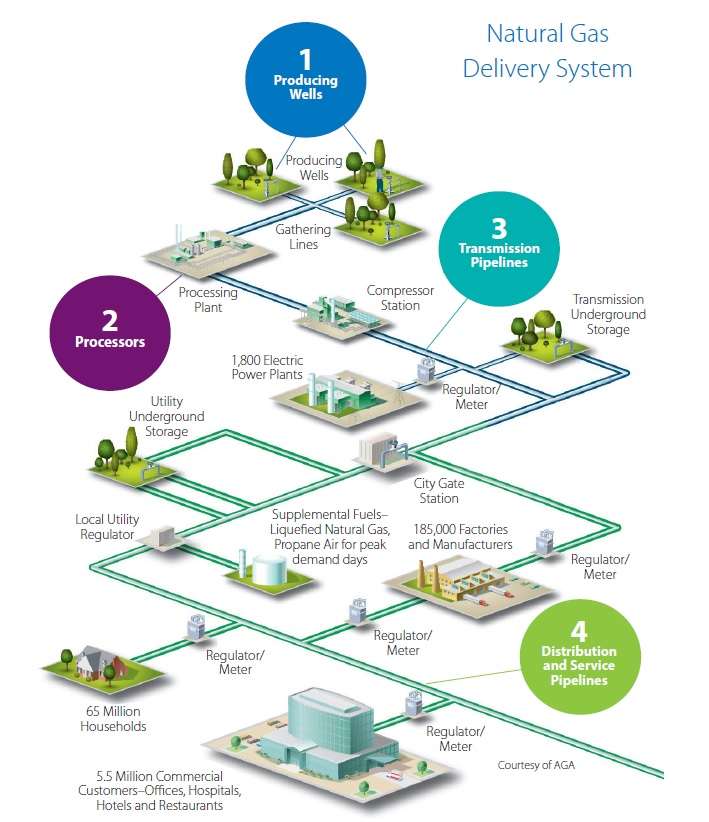 Renewable Natural Gas
Renewable Natural Gas
